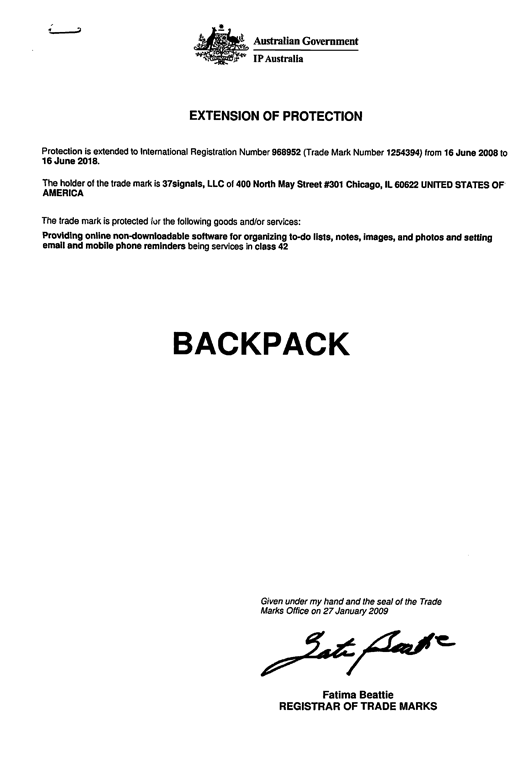The term entrepreneur feels outdated. It’s associated with people who work brutal hours, invest their life savings, and risk it all on a dream.
But these days, you can do a ton with just a little. You can build a business by working just a few hours a week. You can keep your day job and start something on the side. Software and technology that used to cost a ton is now free (or very cheap). You can easily work from home and/or with people thousands of miles away.
In this new landscape, people who would never think to call themselves “entrepreneurs” are out there starting businesses, selling products, and turning profits.
Take Markus Frind. He works a maximum of 20 hours a week yet runs one of the largest websites on the planet (PlentyOfFish.com, a dating site) and pays himself more than $5 million a year.
Jason Kottke and John Gruber are writers who work from home on their own terms. Their blogs have built huge audiences with revenues to match. And they’ve done it without asking anyone’s permission, finding a publisher, or signing a distribution deal. That would have been impossible 10 years ago.
Soniei, profiled here, is a painter from Nova Scotia who sells directly to customers through eBay, Etsy, and her web site. She makes a decent living, loves being able to work on whatever she feels like working on that day, and says she can’t imagine doing anything else.
Beth Terry sells and ships toys under the name Iron Chick’s Toys (see this PDF). A few years back, she would have had to rent out a warehouse and hire people to fulfill orders. Now she uses Amazon.com’s fulfillment service to do it for her. Instead of sending 50 boxes to individual buyers, she sends just one box of 70 items to Amazon. Instead of spending thousands on storage, she spends just $60 per month. Not bad when you consider she’s selling an average of $900 a day (with sales that increased at least 25 percent month over month during her first year).
These people are thriving without risking it all or leveraging their lives. They’re succeeding without MBAs, business plans, and all those other credentials you’re supposed to have before starting a business. You just don’t need that stuff to build something great anymore.
It’s time to get over the idea that risk and reward are so intertwined in business. And maybe we need to come up with a better term than entrepreneur to describe this new group of people out there building businesses. Any suggestions?








